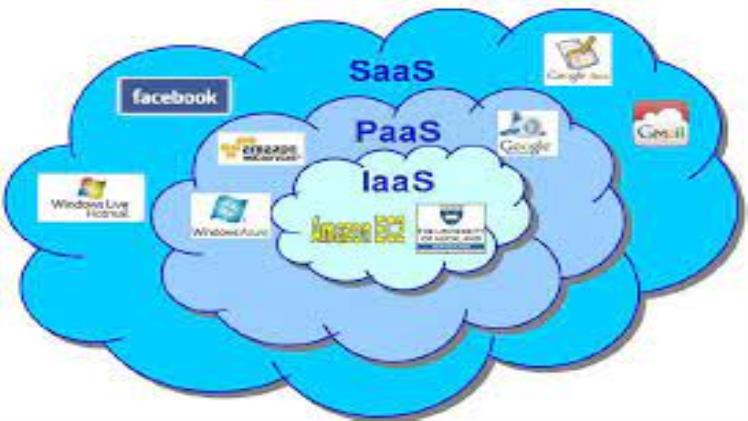Cloud Computing and the Growth of Software-as-a-Service Platforms

Cloud computing allows business users to utilize software and services online, giving them access to applications and storage they require remotely with just an Internet connection – instead of installing programs locally on individual devices.
Businesses are rapidly migrating their IT infrastructure and applications into the cloud. Some of these solutions, known as Software-as-a-Service or SaaS solutions, include email, instant messaging and calendar management, collaboration tools like Zoom and Microsoft Teams collaboration tools like document/file-sharing platforms and teleconferencing services like JoinMe which employees can access from desktop, tablet or mobile phone.
With cloud computing, a business no longer needs to invest in costly hardware for processing power and data storage or hire IT specialists to monitor it. Instead, companies pay as they go for computing power over time – shifting IT spending from capital expense (CapEx) to operating expense (OpEx). This enables easier approval from their CFO for new projects.
There are a handful of major cloud vendors with substantial market shares: Amazon Web Services (AWS), Microsoft’s Azure and Google Cloud Platform are the leading examples. Many companies deploy multiple clouds for greater flexibility and reduced costs; this approach is known as Multi-Cloud Management or MCM and requires careful coordination to be successful due to workflow differences across environments as well as integration difficulties.
Cloud storage offers another advantage: protection from natural disasters, power outages and other emergencies that could compromise in-house equipment or render it unusable. It also assists businesses with meeting regulatory compliance requirements for encryption and data loss prevention (DLL).
IT leaders frequently worry about the security of cloud solutions, yet their security features have rapidly evolved to meet demand. Many vendors now offer multi-tenancy and resource pooling features which enable multiple customers to share the same physical infrastructure, while still having privacy over their data. Furthermore, businesses can take advantage of virtual machine (VM) isolation technology to enhance data security and performance.
Other reasons companies opt for cloud hosting include cost savings, scalability and easier deployment and maintenance. A virtual machine (VM) offers fast and simple ways to test and build applications without needing dedicated servers – thus speeding up project timelines and milestones for developers who specialize in backend development services. Furthermore, scaling makes it simpler for IT departments to meet real-time business demands.
One last advantage of cloud technology for employees is increased flexibility. Cloud-based software like Adobe can allow employees to upgrade applications more quickly as it is delivered over the Internet rather than via discs or flash drives. There may also be potential downsides, including possible local issues (like diggers cutting your internet) or cyberattacks which cause temporary outages that disrupt productivity, raising concerns over its reliability.